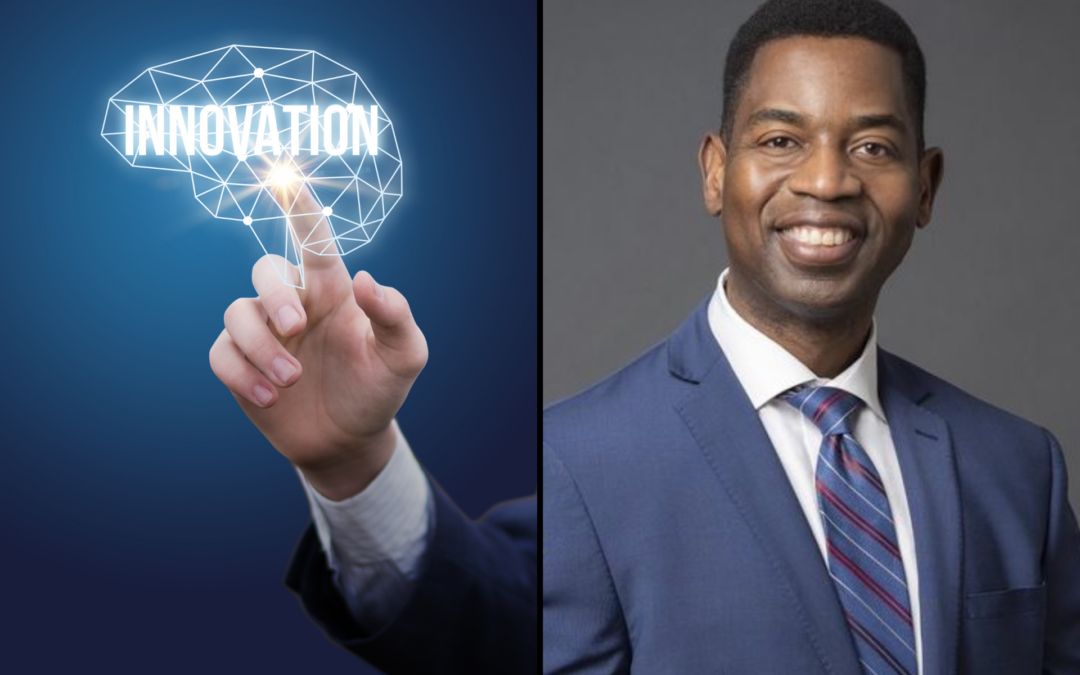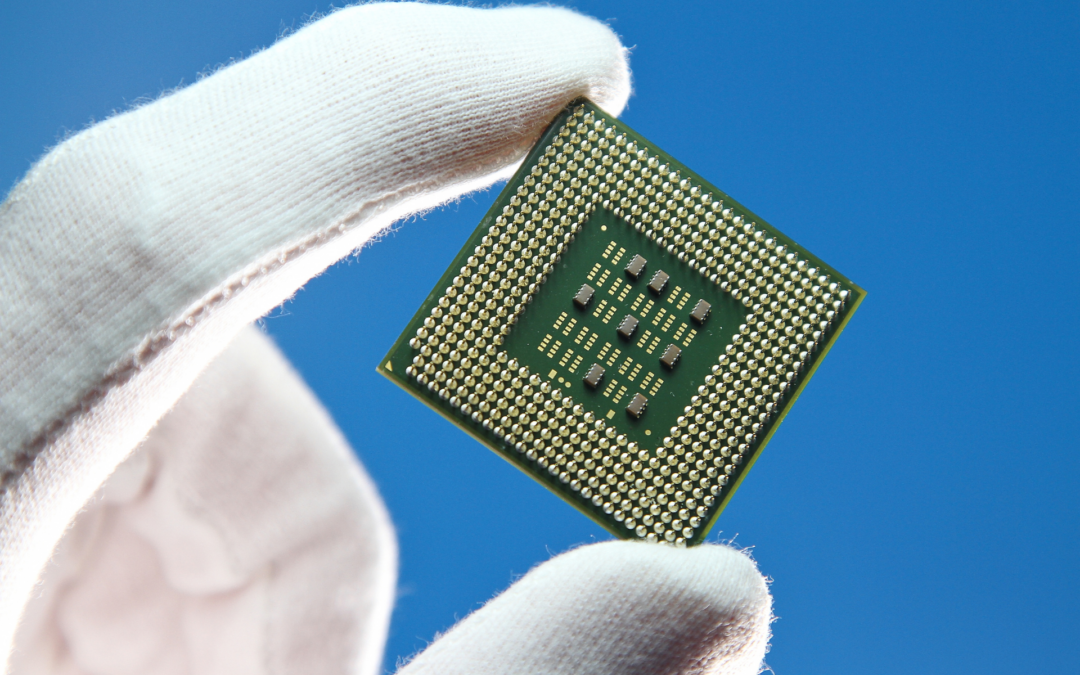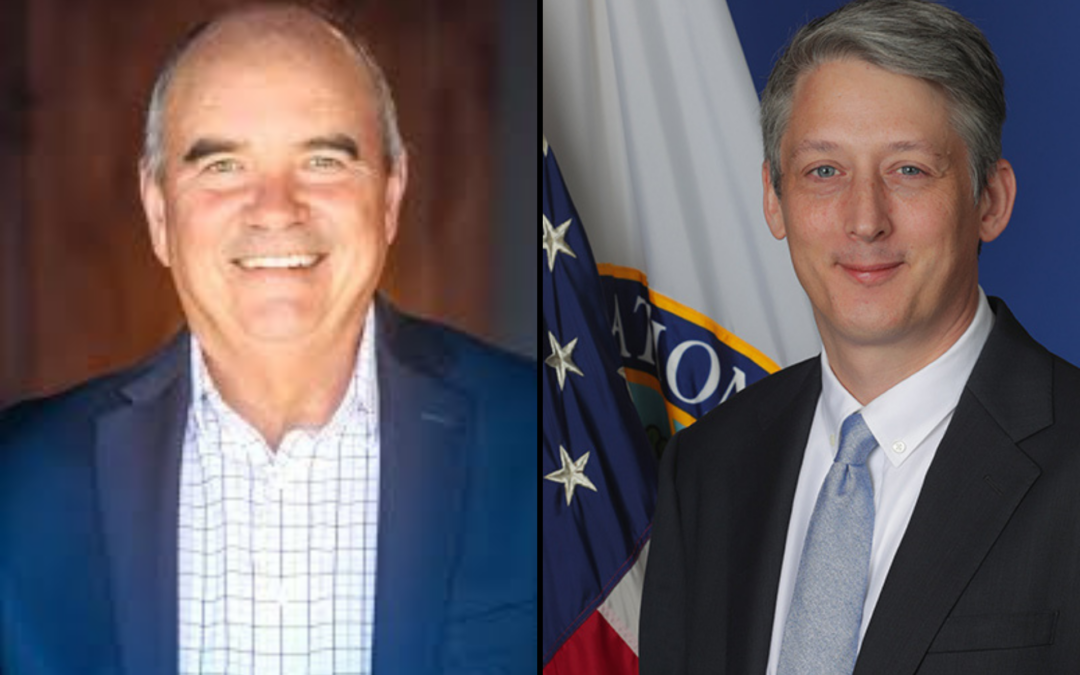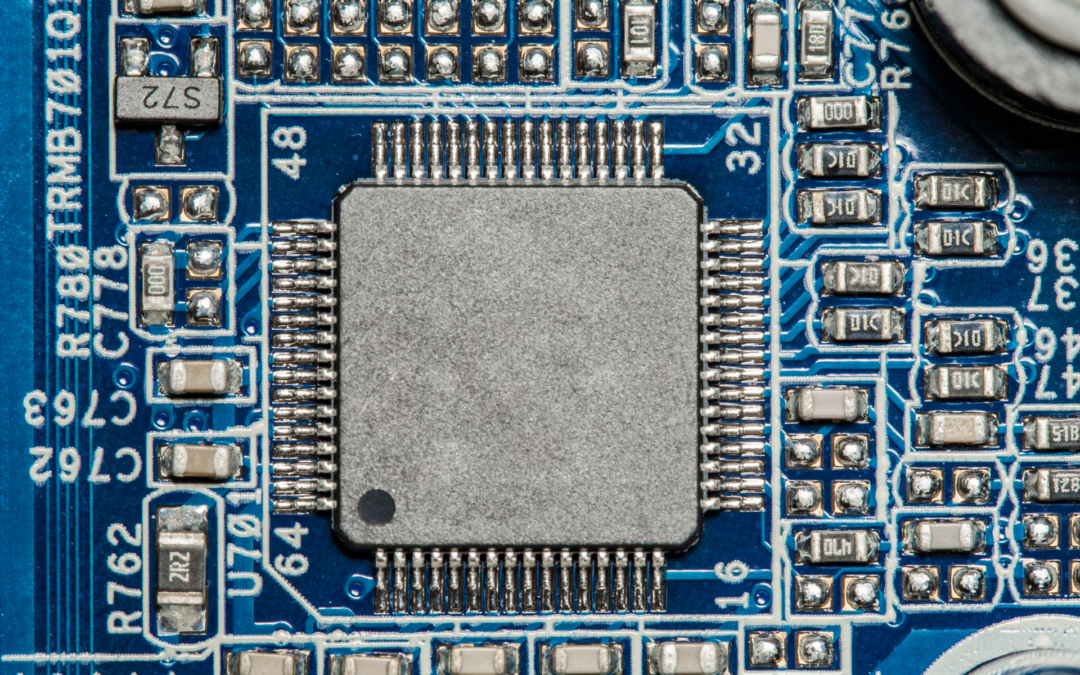The landscape of semiconductor manufacturing in the United States continues to evolve rapidly, with significant developments that have far-reaching implications for workforce development and economic growth.
In a major development for U.S. semiconductor manufacturing, Taiwan Semiconductor Manufacturing Company (TSMC) is expected to announce a staggering $100 billion investment in the United States. This unprecedented commitment represents one of the largest foreign investments in U.S. manufacturing history and signals a transformative shift in the global semiconductor supply chain.
This investment builds upon TSMC’s existing projects in Arizona and potentially expands their footprint to additional states, creating a network of advanced manufacturing facilities across the country.
The scale of TSMC’s investment, combined with other CHIPS Act-driven expansions, creates an urgent need for a skilled workforce pipeline. Current projections indicate the semiconductor industry will need tens of thousands of new workers over the next decade, ranging from technicians to engineers to advanced researchers.
This workforce challenge presents both an opportunity and a responsibility for higher education institutions to develop targeted programs that align with industry needs.
Presidents Forum member institutions are at the forefront of addressing this workforce development challenge. Our collaborative approach to developing industry-aligned curricula and innovative training programs positions our network as a critical partner in the semiconductor manufacturing ecosystem.
As TSMC and other semiconductor manufacturers expand their U.S. operations, the Presidents Forum will continue to:
- Facilitate knowledge sharing between member institutions and industry partners
- Advocate for policies that support workforce development in high-tech manufacturing
- Collaborate with the NSTC Workforce Center of Excellence
- Measure and communicate the impact of our collective efforts
We welcome continued dialogue with member institutions about how we can collectively address this unprecedented opportunity to reshape American manufacturing and create pathways to prosperity for students across the country.







Recent Comments